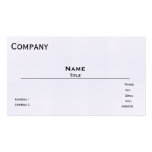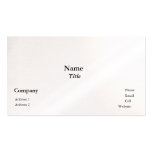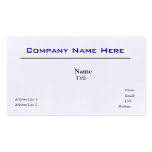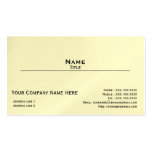The task of making a mobile application that will drive your business can seem daunting. I, too, experienced such feelings.
This article is based on my personal experience as an app project manager and will note the key features that are important for a mobile application to promote your business. Let’s talk about them.
1. The system of feedback. This can be a contact form or a link to your e-mail — it doesn’t matter. Give your users an opportunity to inform you about reoccurring bugs or simply express their opinion about your application. They will be pleased to know that you are open to their suggestions, and their feedback will help you to improve your app.
I can highlight three of the most valuable features that help me understand my users and get their feedback:
- In-app surveys;
- Direct messaging;
- Ratings prompts.
2. Integration with social networks. This feature enables your users to share your content. As you might guess, it’s highly important. Integrate your application with Instagram and Pinterest, which are considered the most used social networks among mobile users, but don’t forget about Twitter and Facebook which are becoming more and more popular in mobiles.
3. Plain and simple design. You should decide which features of your app are important and which are not. Make sure that the app allows your customers to do whatever they need as quickly as possible. Don’t waste your time on trifling and frivolous features.
Make sure your customers will not experience any issues changing color, font size and more importantly — private settings, if your application is social. (A little trick: try to define the most popular screen size for your app and when you do usability testing — see point No. 5 below — test the size. Don’t forget to test both retina and non-retina screens).
4. Galleries and images. Remember that a sufficient number of high-quality images of your products can significantly influence the buying decision of your customers. You may think of creating a separate design for each gallery so that it would be more convenient for your users to quickly find what they are looking for.
My personal TOP3 rules on using images in mobile app:
- Complement your product description with detailed images;
- Use photos of people to build trust and credibility;
- Stop using bad stock photos.
The best way is to use your in-house testers, but if you are lacking of time or money – you may use crowd-testing services. Use Usertesting to get feedback from random users, and Ubertesters to get professional bug reports and comprehensive feedback during the beta stage. Neither services is expensive compared to hiring internal testers; and they produce results quickly, often within a couple of days. You may simply check how much your app’s testing will cost by requesting quotes from several crowdtesting companies, or by filing estimation forms like this one.
6. Offline capabilities. Bear in mind that users are irritated when they cannot use your application because they don’t have a strong wireless connection. Make sure your customers can use your app even without a wireless signal.
7. Speed. Low speed will lead to customer attrition. This is similar to situations regarding the simplicity of your app: The easier and more convenient the application is to use, the more people will love it and find it helpful.
8. Using the analytics. Trust me, users are not happy about requests for information on their location. Tracking both users’ location and the device data will give you the opportunity to get better updates without irritating the user with lots of stupid questions.
Most of the analytic tools for mobile apps are free, so you shouldn’t worry about an additional budget. The most popular analytic tool for mobile apps (as well as for the Web) is Google Analytics, but you may still wish to try different alternatives such as Flurry or Localytics; each of which provides unique features that you will not be able to find among other tools.
9. The system of push-notifications. This feature will enable your customers to receive messages directly on their phones. They will be very glad to get the notification about your discount or promotion actions in such a simple and convenient way.
10. The contact number. It is likely your application will be used most often on Smartphones. Offering a contact number enables your users to call you and be provided with the necessary customer support.







No comments:
Post a Comment